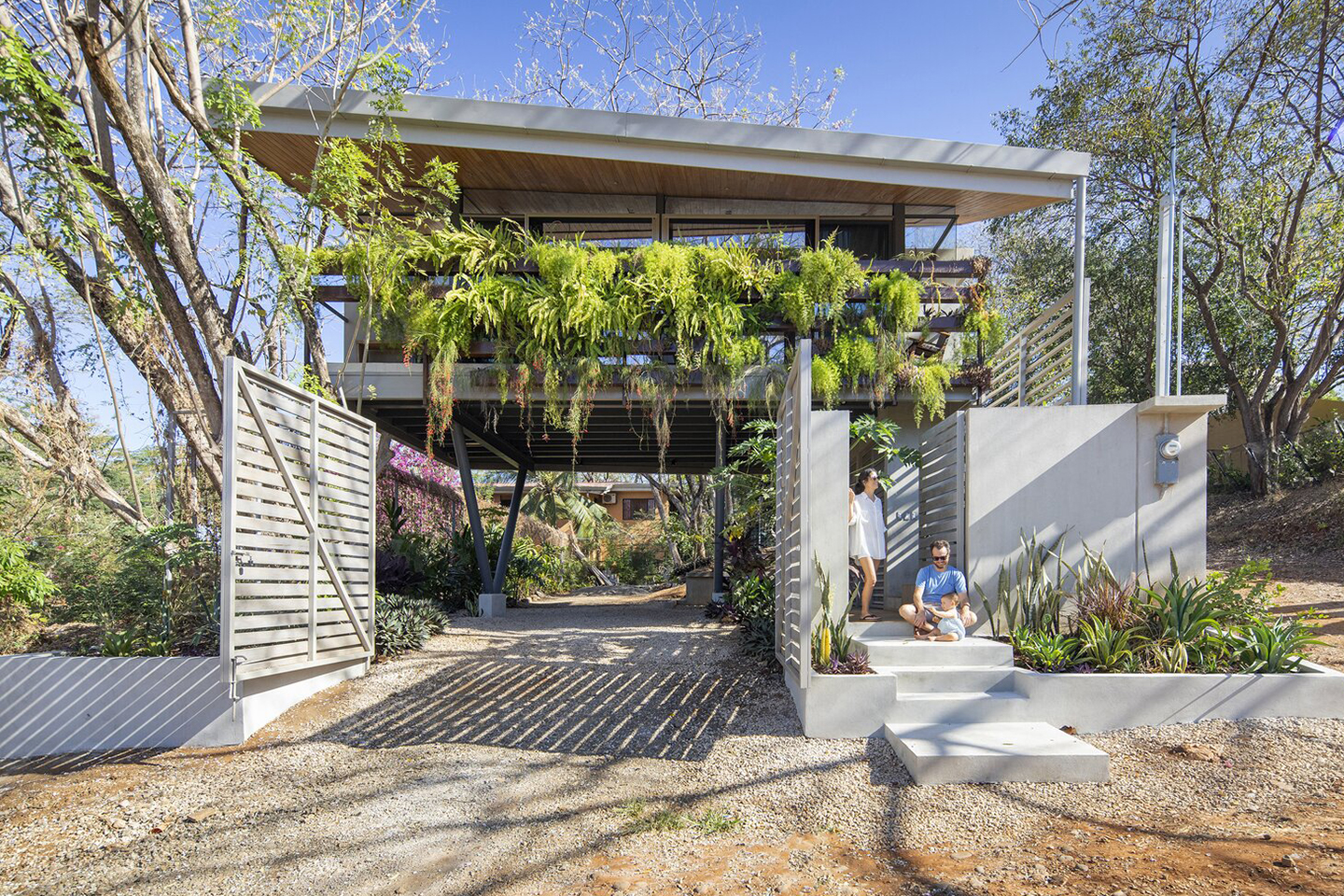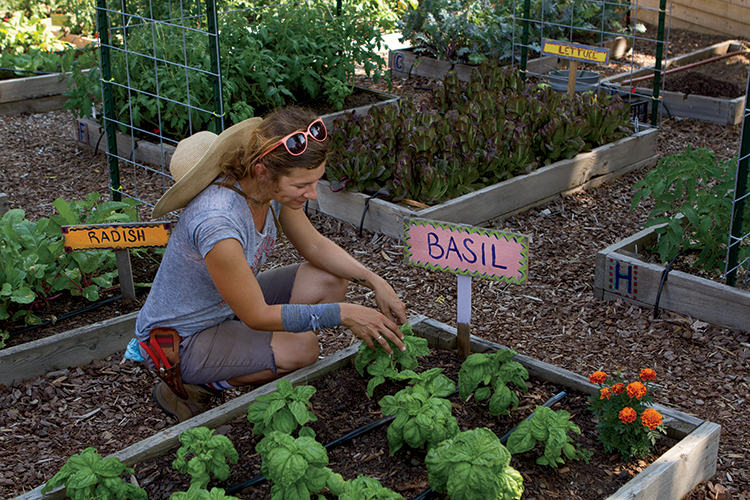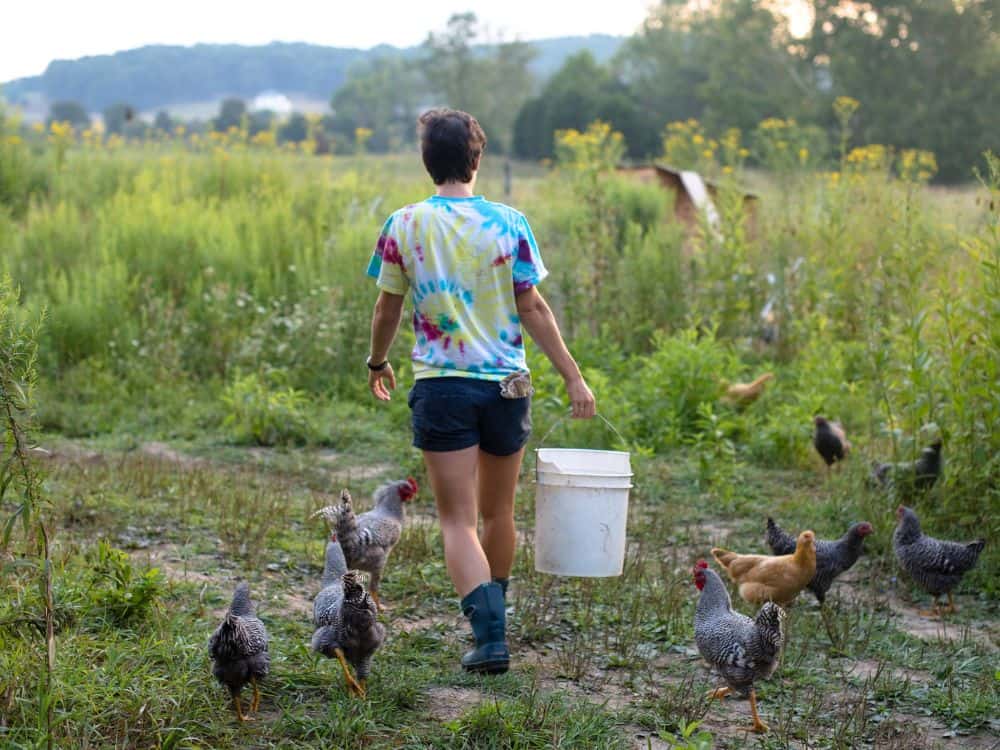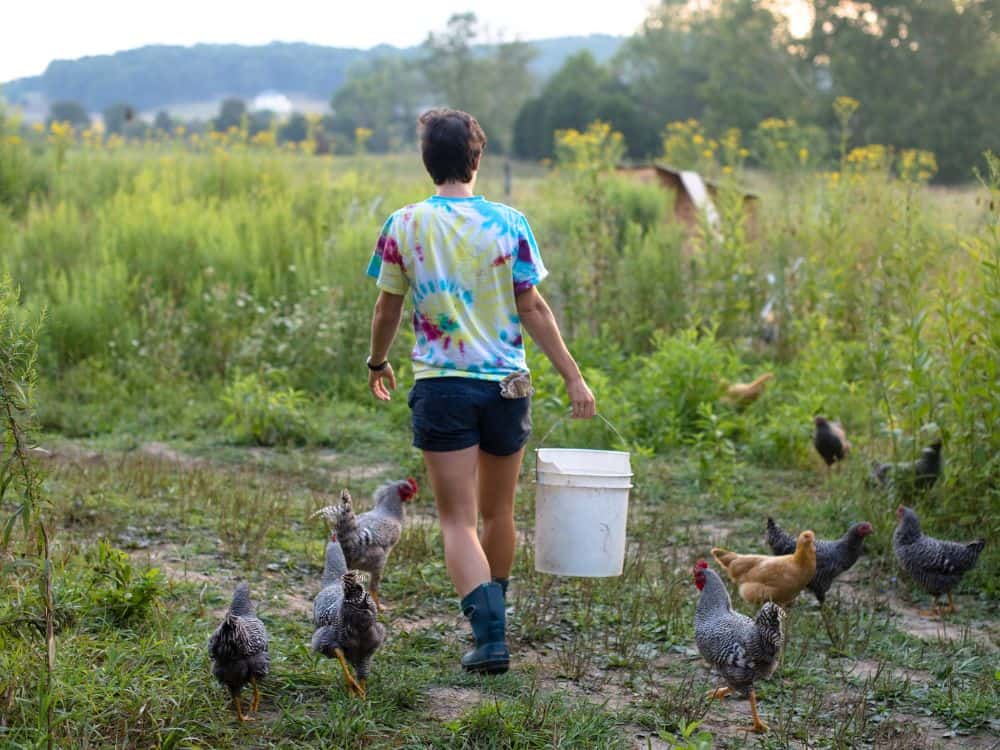Modern Homesteading: Living Off-Grid
In recent times, modern homesteading has become an increasingly popular lifestyle choice for individuals and families who are looking to live a simpler, self-sufficient life while dramatically reducing their carbon footprint.
Living off-grid, or without reliance on the traditional power grid network, is no longer an obscure, eccentric lifestyle choice, but a viable, sustainable and responsible way of life in a world where environmental degradation and climate change dominate our discourse.
If you are considering taking the leap into living off-grid, here are some important aspects that you should consider before making the big decision.
1. Energy Independence
Energy independence is at the heart of off-grid living. Instead of relying on traditional sources of energy like heat pumps or grid-tied solar panels, you can generate electricity and heat energy using renewable sources like wind turbines, hydroelectricity or solar panels.
One of the joys of living off-grid is the control over your electricity usage, and the satisfaction of knowing that you are not contributing to the harmful greenhouse gas emissions that contribute significantly to climate change.
2. Water Sufficiency
As an off-grid homesteader, you will need to manage your water usage carefully. This could mean collecting rainwater, digging wells, using greywater systems and managing wastewater disposal.
Not only is this environmentally responsible, but it also gives you the satisfaction of knowing that you are being wholly self-sufficient in your water usage.
3. Food Production
Off-grid living goes hand in hand with growing your own food. There are many ways to achieve food sufficiency, such as growing vegetables in a garden, raising chickens and livestock, or even aquaponics.
Learning how to grow, harvest and store your food is not only incredibly rewarding, but it also reduces your dependence on supermarkets, industrial agriculture, and the associated carbon footprint.
4. Building an off-grid homestead
Building an off-grid property is no easy task. It requires extensive planning, investment and self-sufficient skills to bring it to fruition. You may also need to work around regulatory restrictions, such as zoning laws, access to utilities, and building codes.
However, with careful planning, research and investment, constructing a self-sufficient home that is in harmony with its natural surroundings is achievable and incredibly rewarding.
In Conclusion
Modern homesteading is a sustainable, responsible way to live that is focused on self-sufficiency and reducing our environmental impact. It is a lifestyle choice that is both challenging and incredibly rewarding.
By taking control over our energy, water and food production, and living in harmony with nature, we can create a fulfilling life that is both environmentally conscious and truly authentic. So, if you’re considering making the leap into modern homesteading and living off-grid, take the plunge and embark on this transformative journey today!











